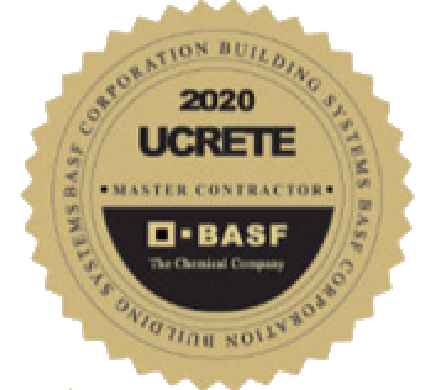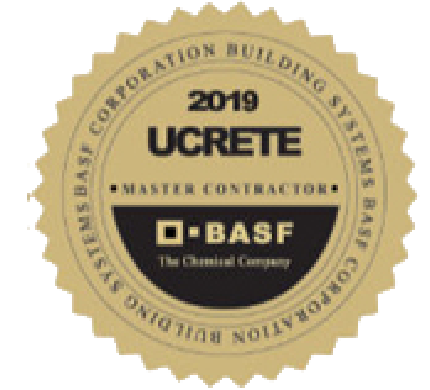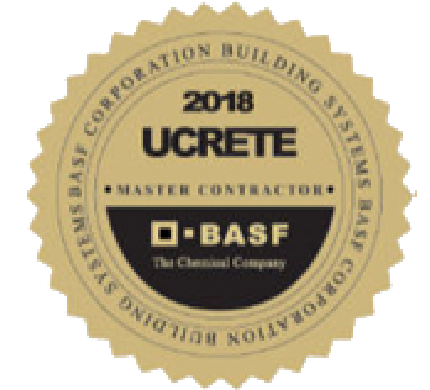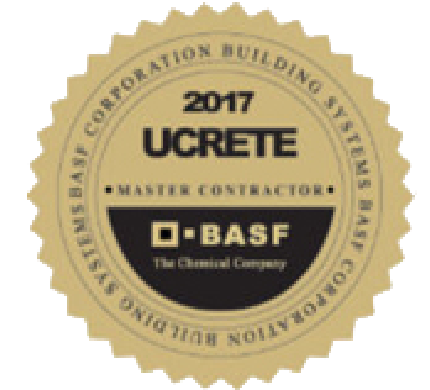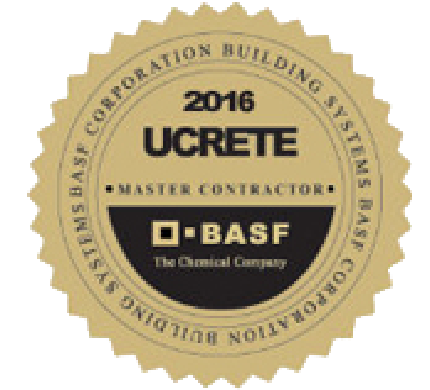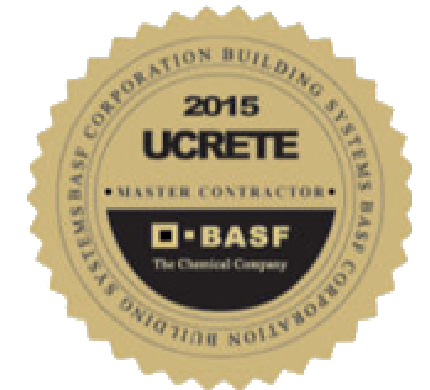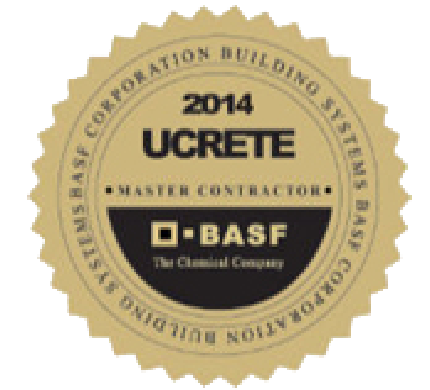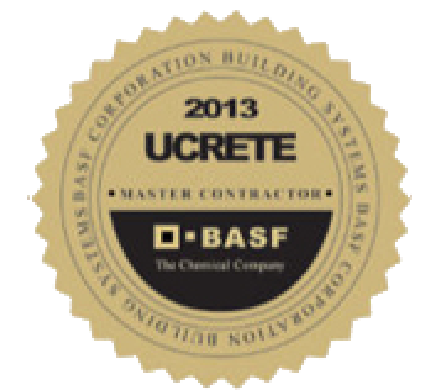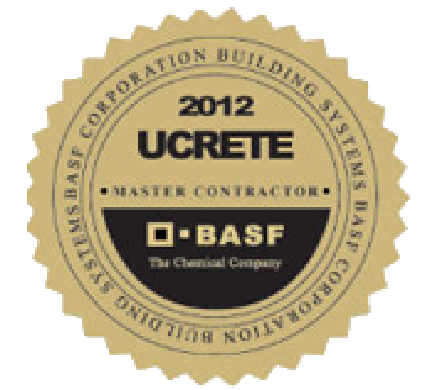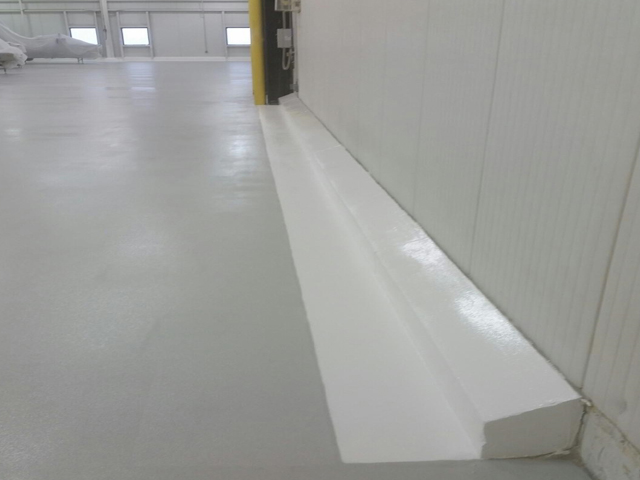FOOD PRODUCTION PLANT – IOWA – SAND & RE-COAT
When cleanliness is über critical, count on Surface Solutions to deliver the best result when it comes to hygienic flooring.
In the age of social media and the internet, bad news travels fast. No longer can food and beverage processors hope that even the smallest contamination or safety breach won’t reach the public at large.
For this food production and packaging plant in Iowa, rodent control is extremely important. Not only are pests naturally drawn to food processing and storage plants, they pose a significant risk of disease. Serious infestations can cause regulatory penalties, employee upset, loss of revenue and damage to recognized brands.
Surface Solutions quickly gets to work sanding 15,000 square feet of concrete, eliminating the discolored surface by applying water-based SurfaceCrete 521 urethane coating with a high hide white pigment to ensure UV stability and durability. High hide pigments are ideal for covering unsightly paint colors permanently with fewer coats.
From start to finish, the flooring project takes three days.
PRODUCT
SurfaceCrete 521
MARKET SECTOR
Food & Beverage
LOCATION
Iowa
CUSTOMER
Food Production Plant
SQUARE FEET
15,000 SF
PROJECT TIME
3 Days
Pest Control in the Food Industry
From tiny insects to large-ish rodents, pests are naturally drawn to food and beverage processing and storage plants for obvious reasons. In addition to seeking warmth from harsh weather and the elements, pests find food and water – the strongest survival instinct of them all.
Just one cockroach infestation can lead to an outbreak of food poisoning or gastroenteritis in humans, and has the potential to close your business until the hygiene issue is resolved. Rodents in particular can cause considerable damage to any kind of commercial and residential building in a number of ways:
- They gnaw through electrical wiring and destroy insulation, plumbing and other structural building components.
- They contaminate the area with their urine, droppings and hairs.
- They can carry bacteria and diseases that can be passed on to humans, including Salmonella, E.coli, tuberculosis, Hantavirus and Weil’s disease.
- They carry fleas, mites and ticks and can cause acute allergic reactions in employees.
- They can infiltrate the actual food product you’re processing or packaging and infest foodstuffs, feed and other agricultural products.
Rodent-Proof Construction
Rodent-proof building construction is one of the most effective ways to discourage pest and rodent damage by preventing critters from entering. This requires a good understanding of how pests and rodents can get in and cause damage. Rodents are capable of:
- Running along or climbing electrical wires, pipes, fences, poles, ropes, cables, vines, shrubs and trees to gain entry to a building
- Climbing almost any rough vertical surface, such as wood, brick, concrete, weathered sheet metal and many plastic products;
- Crawling through pipes, augers, conveyors, conduit, underground utility and communications lines
- Gnawing through a wide variety of materials, including lead and aluminum sheeting, window screens, wood, rubber, vinyl, fiberglass, plastic and low-quality concrete or concrete block.
Incorporating rodent-proof hygienic design into your food processing facility can not only protect your food product from pests, it can help you avoid contamination from particles such as dust, droppings, as well as cleaning agents, lubricants, etc. used to clean and sanitize.
Control Food Safety with Barrier Technology
Rodent-proof construction involves creating barriers that discourage pests from entering the building. It starts outside the facility with proper fencing, monitoring the entrance of vehicles with raw materials and end-products, personnel, domestic and non-domestic animals, and surveying drainage and storm water collection and landscaping and/or vegetation perimeters.
The use of barriers continues with making sure all entrances and exits such as windows and doors, openings for vents, air circulation lines, etc. are able to close completely.
Another barrier is setting up restricted zones that have different hygienic requirements and controlled access to protect the food product from external contamination. This includes processing equipment such as storage and conveying systems.
Flooring Systems for Food Safety
Floors should be sloped toward drains and have curbed wall floor junctions, with the curbs having a 30-degree slope to prevent “ponding” of water, dust or soil. Floor drains should be screened to avoid rodents from entering the food plant via sewers. The drain bodies must be free of pockets that can hold food soil to avoid odor problems. Concrete flooring treated with the proper coating is essential to food and beverage facilities, providing a durable, seamless, chemical-resistant and easily cleanable surface that will not absorb water and other substances that can cause microbial growth below the surface.
Get a look at other successful industrial flooring system installations completed by Surface Solutions by visiting our Work Showcase.
About Surface Solutions
Recognized as a top UCRETE® Master Contractor since 2012, Surface Solutions is an independent industrial floor contractor specializing in seamless, polymer flooring systems utilizing the most trusted brands in the industry. From testing to consultation and complete installation services, Surface Solutions is your premiere source of non-toxic, safe and environmentally friendly flooring systems, offering turnkey installations using only in-house personnel. All installations come with a complete single source warranty.
NEED A FLOORING CONSULTANT?
Call us now at 317-388-8000 or click the button to plan your project today

COMPANY AWARDS
